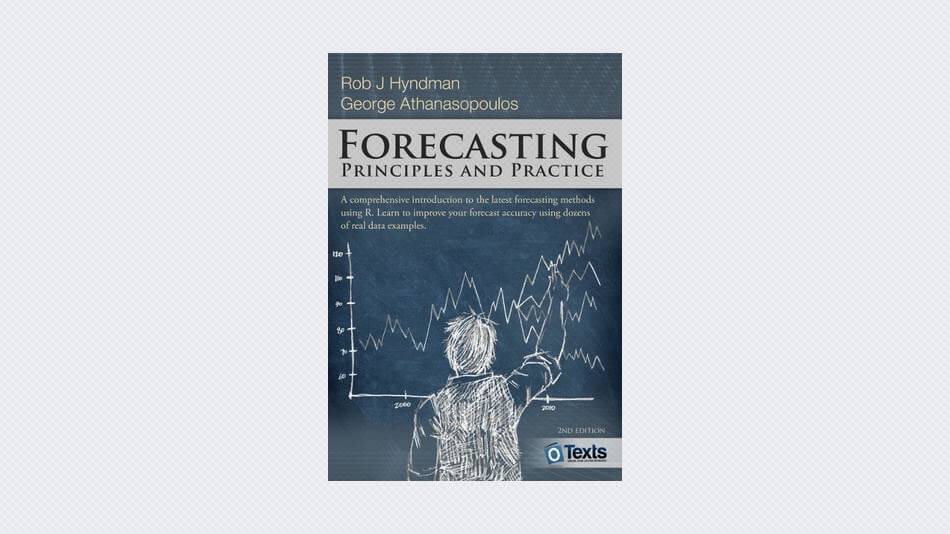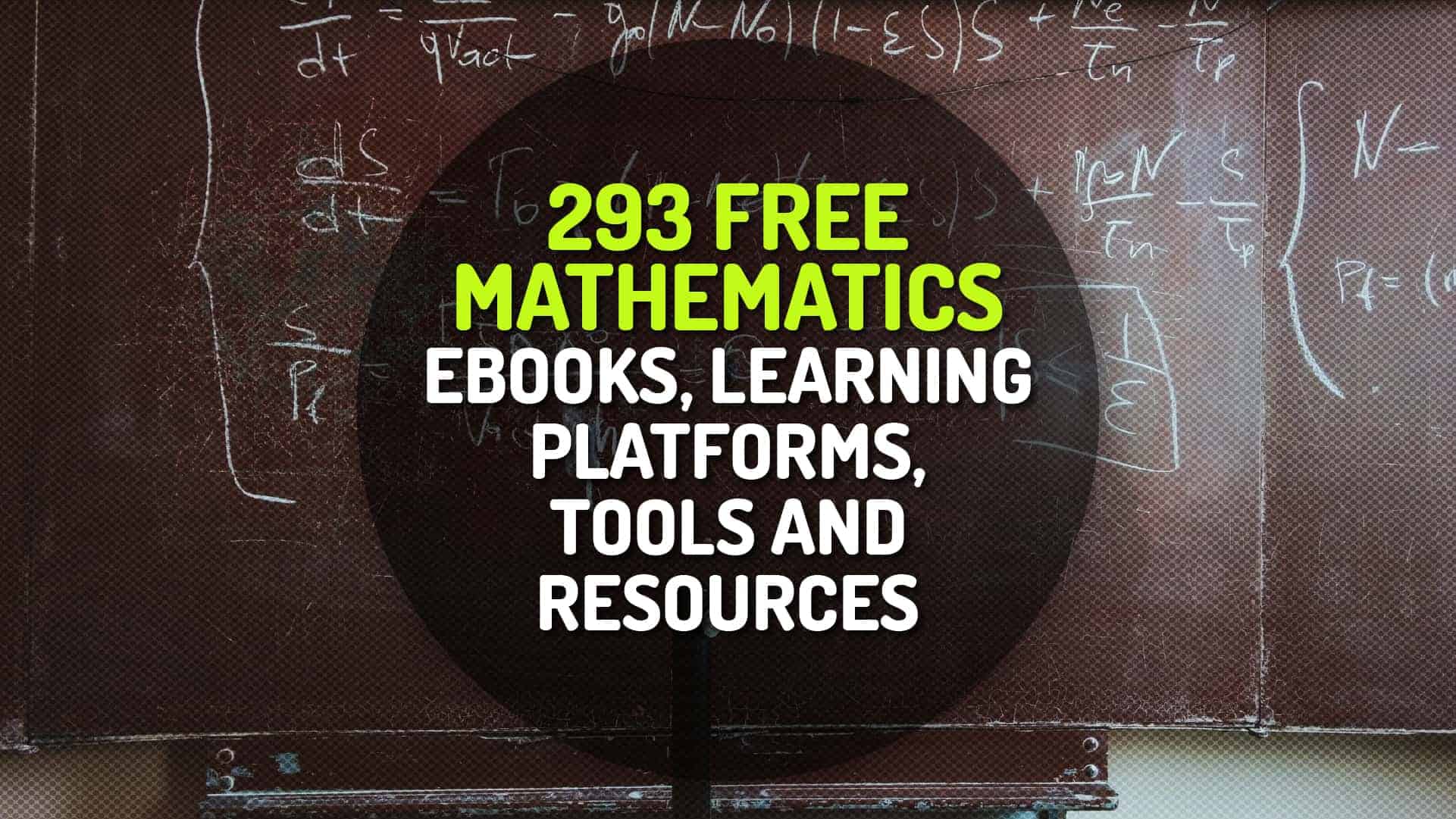This textbook is intended to provide a comprehensive introduction to forecasting methods and to present enough information about each method for readers to be able to use them sensibly. We don’t attempt to give a thorough discussion of the theoretical details behind each method, although the references at the end of each chapter will fill in many of those details.
The book is written for three audiences:
- people finding themselves doing forecasting in business when they may not have had any formal training in the area;
- undergraduate students studying business;
- MBA students doing a forecasting elective.
We use it ourselves for a third-year subject for students undertaking a Bachelor of Commerce or a Bachelor of Business degree at Monash University, Australia. For most sections, we only assume that readers are familiar with introductory statistics, and with high-school algebra. There are a couple of sections that also require knowledge of matrices, but these are flagged.
At the end of each chapter we provide a list of ‘further reading’-. In general, these lists comprise suggested textbooks that provide a more advanced or detailed treatment of the subject. Where there is no suitable textbook, we suggest journal articles that provide more information.
The book is different from other forecasting textbooks in several ways.
- It is free and online, making it accessible to a wide audience.
- It uses R, which is free, open-source, and extremely powerful software.
- The online version is continuously updated. You don’t have to wait until the next edition for errors to be removed or new methods to be discussed. We will update the book frequently.
- There are dozens of real data examples taken from our own consulting practice. We have worked with hundreds of businesses and organizations helping them with forecasting issues, and this experience has contributed directly to many of the examples given here, as well as guiding our general philosophy of forecasting.
- We emphasise graphical methods more than most forecasters. We use graphs to explore the data, analyse the validity of the models fitted and present the forecasting results.





